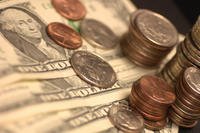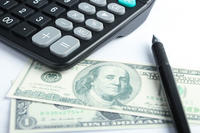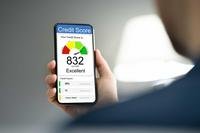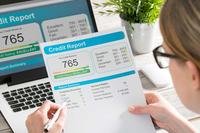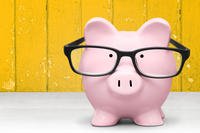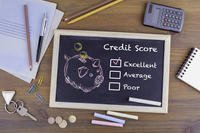This content is provided courtesy of SavvyMoney.
Credit is a double-edged sword. It can enable us to invest for the future through an education or buying a home, but it can also let us squander our future with expensive consumer debt. Your ability to manage credit wisely is correlated to your ability to manage other parts of your life—that’s why people with lower credit are charged more for car insurance or may be denied military security clearances or even acceptance into the military.
If you’re working your way through our Debt Boot Camp, you are probably trying to pay off consumer debt. Once you fall into the consumer debt trap, you tend to start thinking in terms of “monthly cost” or “time to pay off” for credit purchases, but the reality is if you keep revolving your credit card debts you never really pay off the items—you just add another cost to your budget that you can’t afford. It’s obvious, but the only way out of this cycle is to pay off your credit cards and the only way to pay them off is to pay more against them than you charge. But here’s the rub…if you keep charging on credit while you’re trying to pay them off you’re not likely to be successful—you may pay more than minimums but then you just charge your balances back up. There’s a great saying that applies to this situation: “if you want to get out of a hole, quit digging.” If you want to get out of credit card debt, quit charging. If that doesn’t convince you, consider the following: psychological experiments indicate that you are much more likely to make poor financial decisions when using credit cards: you’re willing to over-pay for items by up to 50% and willing to buy much more than you would with cash. So just using credit fosters harmful financial behaviors. In the credit card game, the deck is definitely stacked against you! So How Do You Stop Spending on Credit? The way out is to quit spending on credit and move your spending over to a checking account with debit card. Like any change, the transition can be tough but here are a few steps to help you: · Destroy all of your cards but the lowest APR card. Put your lowest-APR card in a safe place (take it out of your wallet and put it somewhere else) for use only in emergencies. Define in advance what is and isn’t an emergency so that you’ll be able to draw the line. · Set up a separate checking or prepaid account with a debit card for spending. Fund this account from your paycheck and limit your discretionary spending to this account.· Set up daily balance alerts for your spending account so you always know how much you have and have them sent to both you and your spouse so you stay coordinated.
· Avoid temptations. If you tend to shop when you’re bored, avoid the malls or the military exchanges. Shop only when you truly need something. To avoid temptations that come up while shopping try the following rule: only buy things that you’ve put on a list before you leave your house. If you discover something that you’d like to buy, add it to the list for next time. This will give you time to think about the purchase and to decide whether you really do want it.
It is important to come to terms with the real cost of spending and recognize that the costs of relying on credit cards far outweighs the convenience, rewards, or any other argument in favor of credit card spending. Next, you’ll learn how to create a get-out-of-debt plan. Brought to you by SavvyMoney.com, the leading online debt payoff program.


